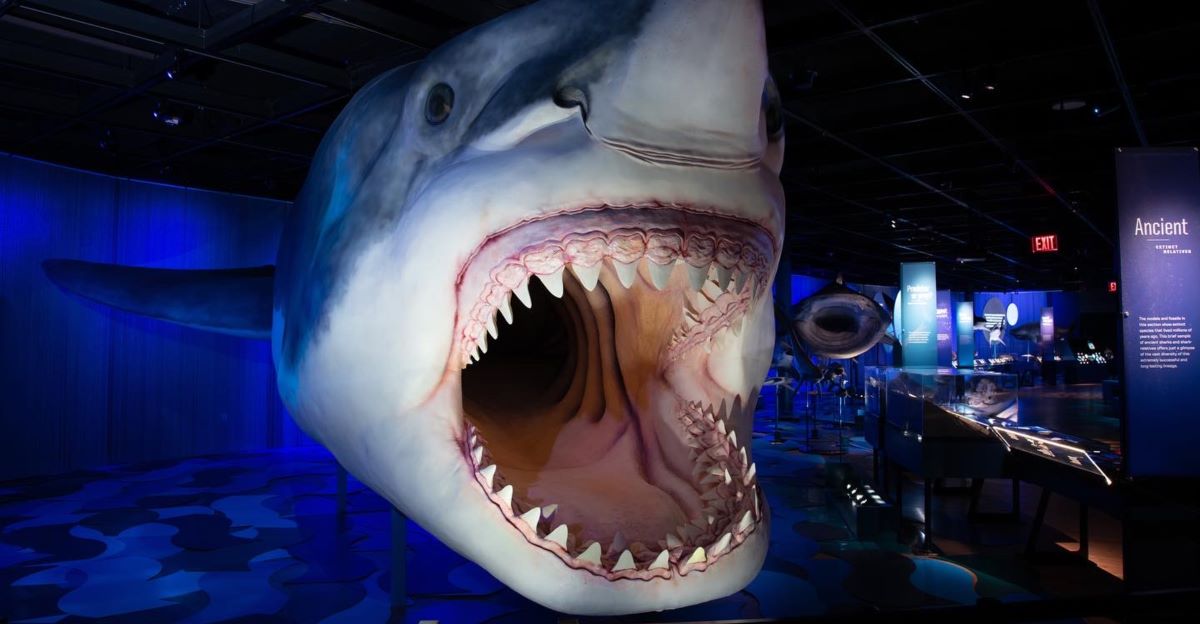
Throughout Earth’s history, the oceans have been inhabited by formidable sharks that dominated their marine ecosystems before ultimately becoming extinct. These extinct sharks exemplify the remarkable diversity and adaptability of ancient predators. Their evolutionary advancements, ranging from unique dental structures to specialized body forms, highlight the dynamic nature of marine ecosystems. Although these sharks no longer inhabit our oceans, their legacy persists, providing valuable insights into the past and informing our understanding of current and future marine life. This article examines 10 such extinct sharks, each illustrating the ever-evolving nature of marine life.
1. Megalodon: The Apex Predator
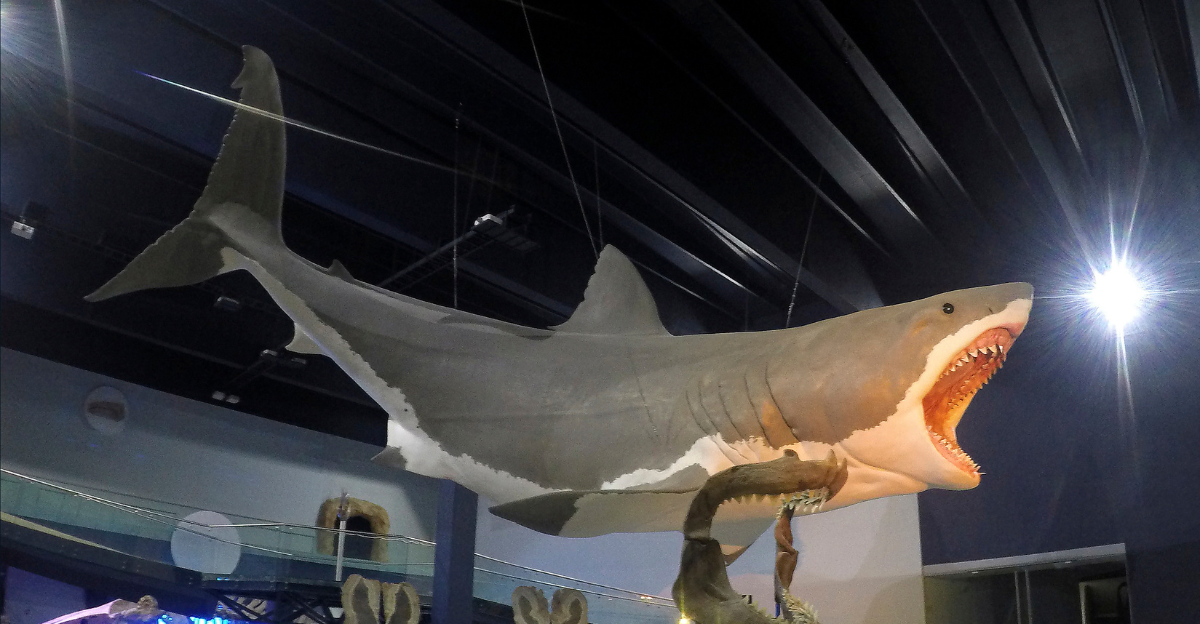
The largest shark to have ever existed, Megalodon (Otodus megalodon), grew up to 60 feet long and had bone-crushing teeth, roughly seven inches long. This mega shark thrived in oceans from about 20 million to 3.6 million years ago and preyed on large sea mammals, such as whales. It went extinct as a result of a combination of climatic conditions and the loss of its prey species.
2. Cladoselache: The Original True Shark
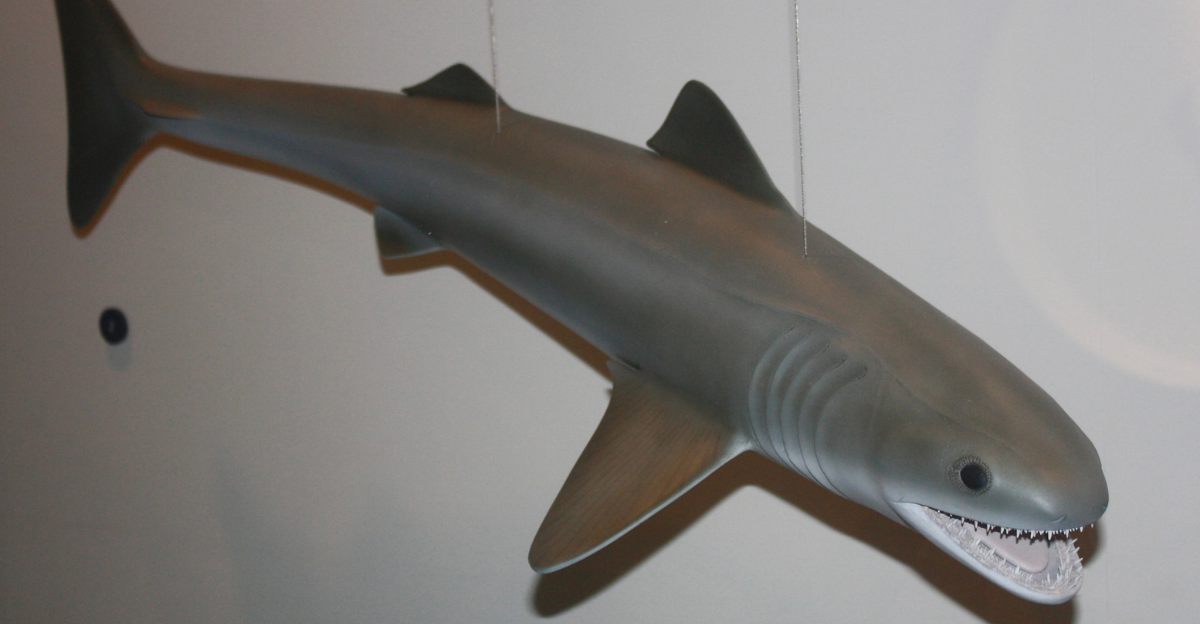
Having existed around 380 million years ago, Cladoselache is one of the earliest true sharks as it retained some characteristics of its fish ancestors. While it lacked the scales of modern sharks, it was more streamlined, with thin, fragile skin, suggesting that it was a speedy swimmer. Cladoselache is believed to have preyed on small fish and crustaceans.
3. Xenacanthus: The Freshwater Eel Shark
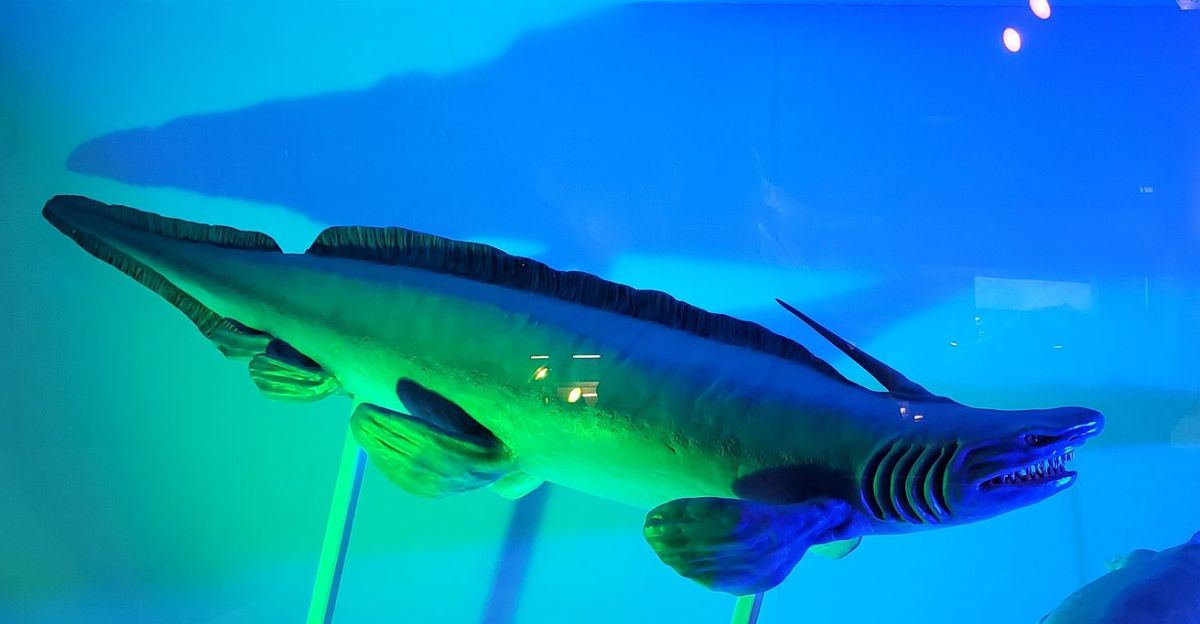
Xenacanthus was a freshwater eel-like shark that lived between 350 and 200 million years ago. It grew up to 6.5 feet long and had a ribbon-like dorsal fin along its back and a modified dorsal spine protruding from its head. Its V-shaped teeth suggest that it preyed upon small crustaceans and fish.
4. Helicoprion: The Buzzsaw Killer
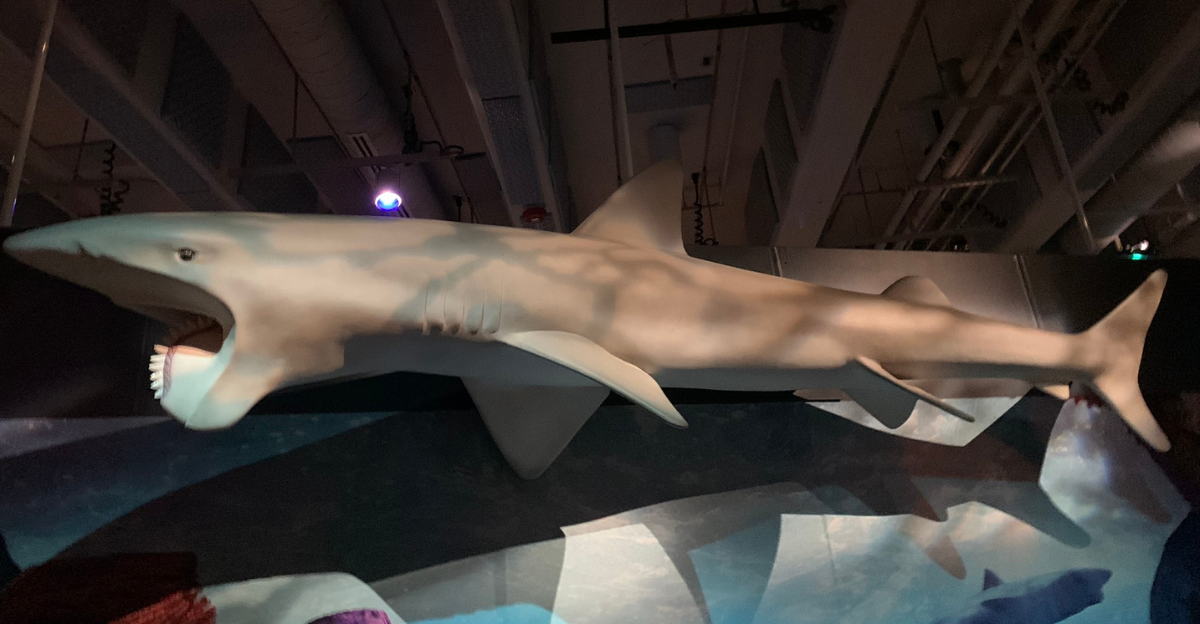
Helicoprion lived around 290 million years ago and is famous for its spiral row of teeth, which looked like a circular saw. This unusual dental arrangement likely helped it to slice through soft-bodied prey, such as squid. Fossils of Helicoprion have been found everywhere on the planet, indicating a broad distribution.
5. Stethacanthus: The Anvil Shark
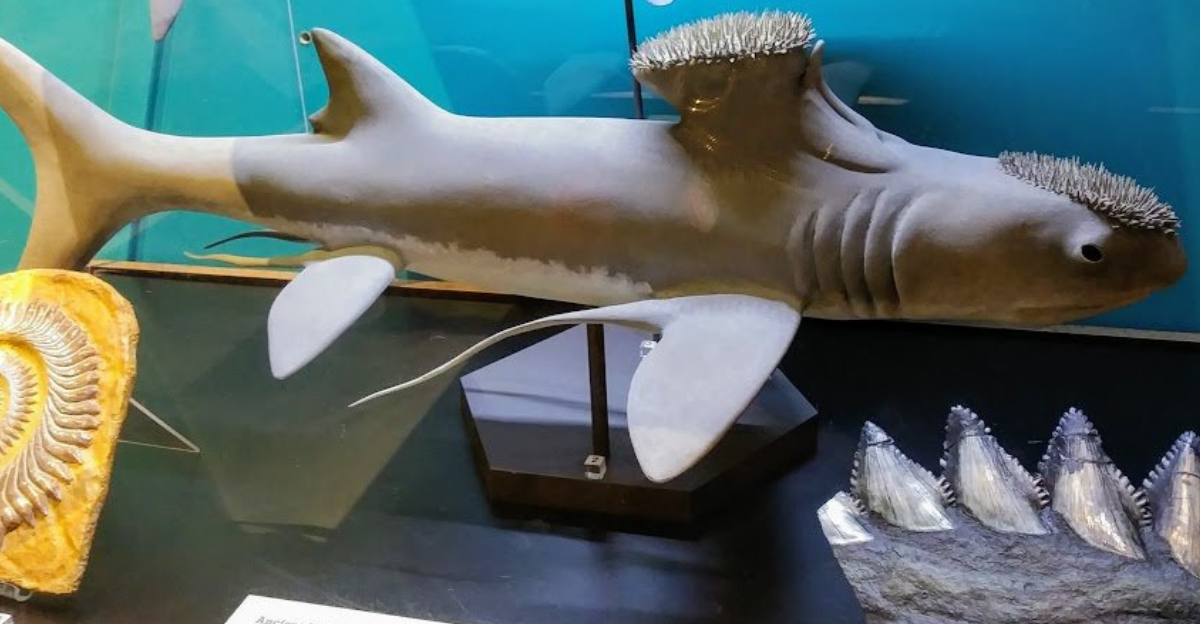
Having lived around 360 million years ago, Stethacanthus is recognized by the unusual anvil-like structure on its dorsal side, which was lined with small spikes called dermal denticles. The purpose of this feature is controversial, with the suggestions varying from playing a role in mating rituals to using it as a defensive mechanism. Growing to lengths of 4.9 feet, its diet consisted mainly of small fish.
6. Cretoxyrhina: The Ginsu Shark
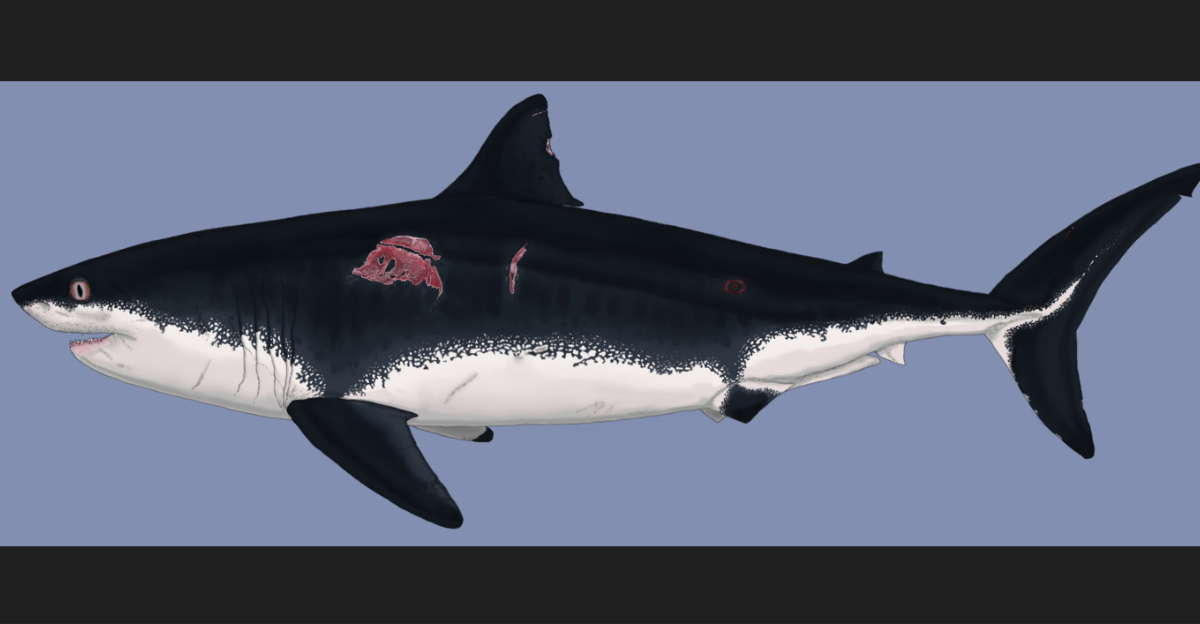
Cretoxyrhina, also known as the Ginsu Shark, lived 100 million years ago during the Late Cretaceous period. This huge predator had a long sleek body, growing to lengths of up to 23 feet, and sharply pointed and serrated teeth, which enabled it to prey upon ancient marine reptiles, such as the Archelon, the largest known ancient turtle, and large fishes.
7. Hybodus: The Transitional Shark
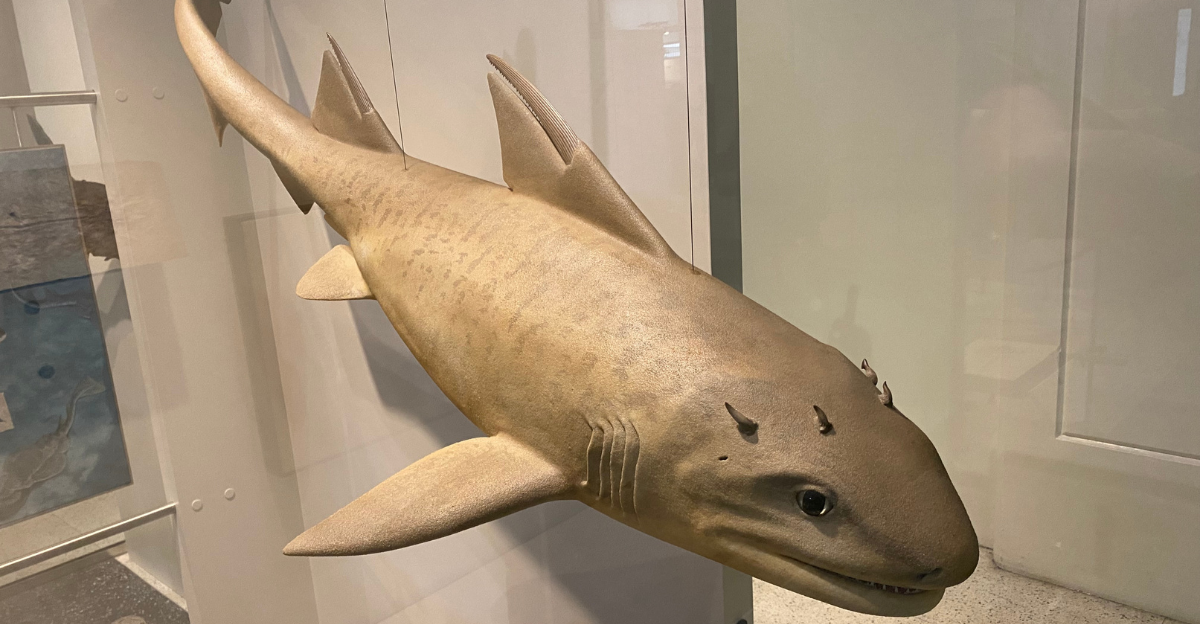
Hybodus existed from the Late Permian to the end of the Cretaceous period, from approximately 260 to 66 million years ago. It grew to roughly 6.6 feet and had a streamlined body similar to a modern shark but had both pointed teeth for catching prey and flat teeth for shell-crushing, indicating an omnivorous diet. Its adaptability could have been the secret to its extended existence.
8. Orthacanthus: The Freshwater Predator
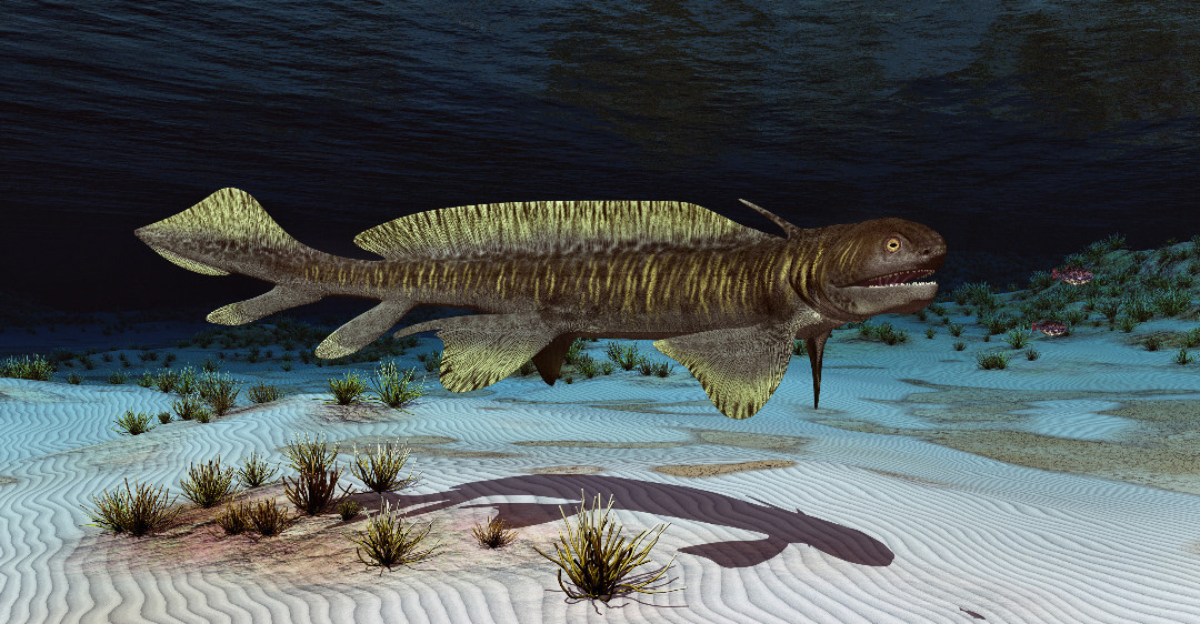
Orthacanthus was a freshwater, carnivorous shark that lived around 260 million years ago. It was an eel-like shark with a long, distinctive spine emerging from the back of its skull and had large, sharp teeth. Fossil evidence suggests that it was a top predator in its environment and fed on amphibians and other fish.
9. Edestus: The Scissor-Toothed Shark
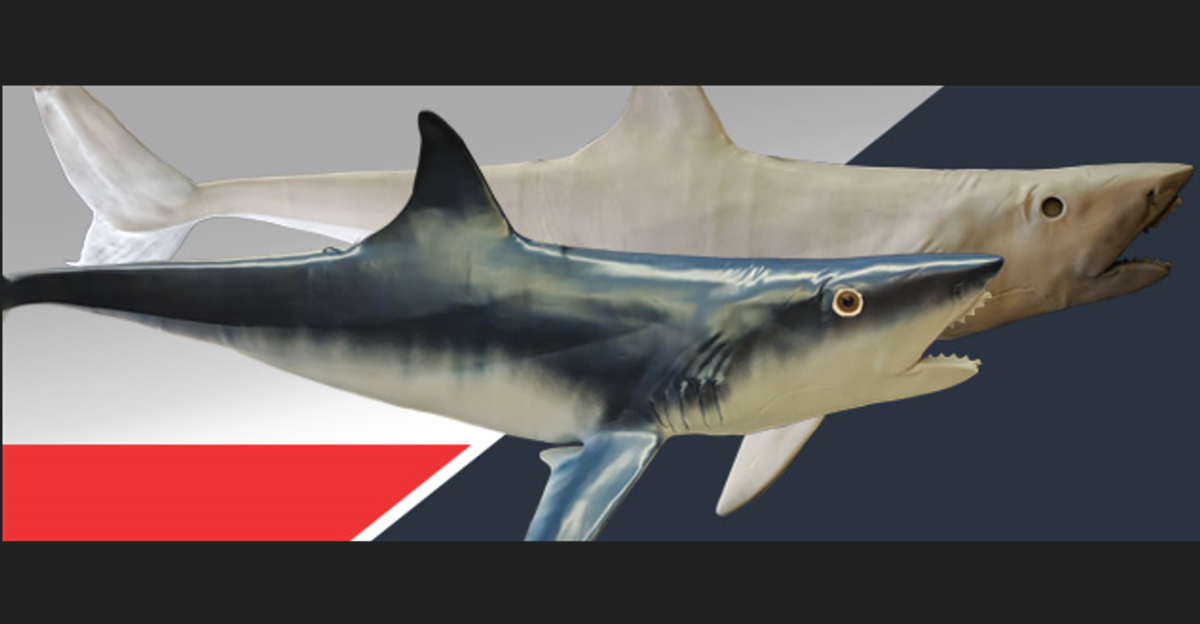
Often called the scissor-toothed shark, Edestus lived approximately 300 million years ago. It had a strange but unique jaw structure where teeth grew in a curved, scissor-like fashion, protruding outwards. This unusual dentition likely helped it grasp and slash through its prey, making it a rather formidable predator. However, its exact appearance is still debated as fossil evidence is limited.
10. Acanthodes: The Spiny Shark
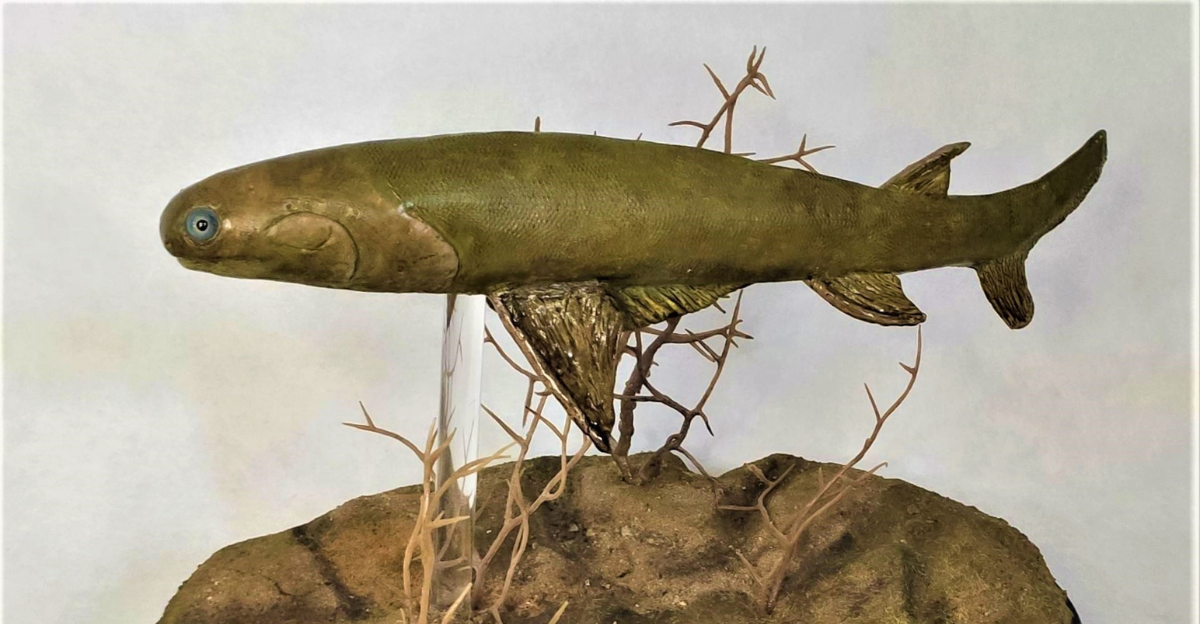
Acanthodes also referred to as the spiny shark lived about 400 million years ago. Although it was named as such, it resembled a bony fish more than modern sharks as it was a small, sleek creature with big spines supporting its fins. These spines are thought to have helped stabilize the shark as it swam.
Explore more of our trending stories and hit Follow to keep them coming to your feed!

Don’t miss out on more stories like this! Hit the Follow button at the top of this article to stay updated with the latest news. Share your thoughts in the comments—we’d love to hear from you!







